EMIR has just been installed on the GTC
The EMIR team of IRAP is pleased to announce the arrival of the EMIR instrument on the 10m GTC telescope of the Canary. This event marks the end of an adventure […]
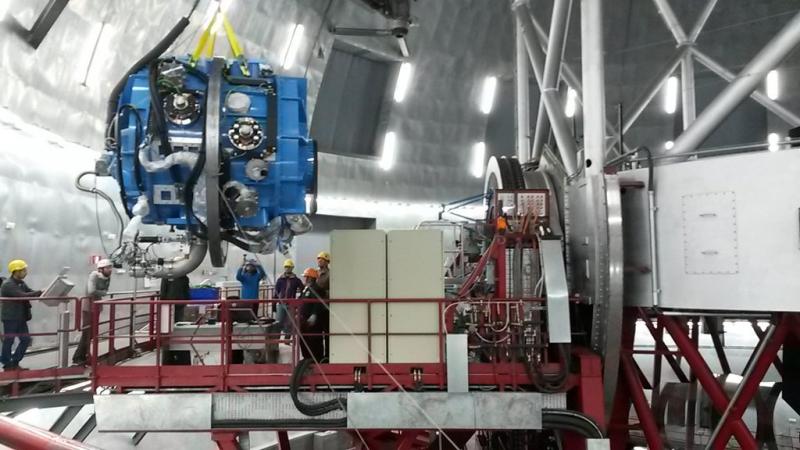
The EMIR team of IRAP is pleased to announce the arrival of the EMIR instrument on the 10m GTC telescope of the Canary. This event marks the end of an adventure […]

NASA and the Astrophysics and Planetology Research Institute (IRAP), located in Toulouse, France, have signed an Affiliate Member statement with NASA’s Solar System Exploration Research Virtual Institute (SSERVI). With the […]
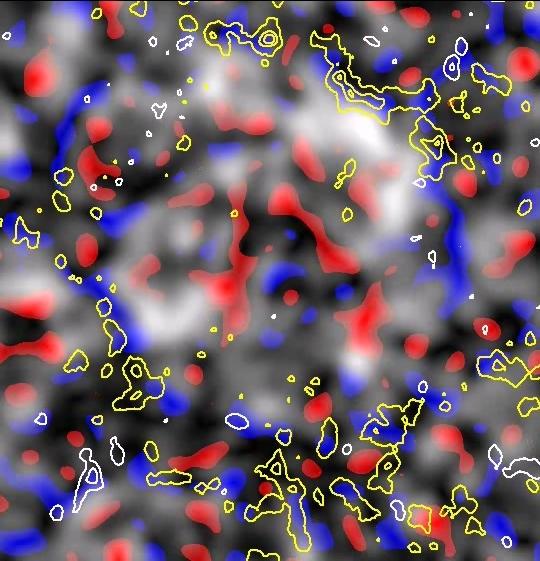
The sun by its proximity is a unique laboratory whose physical conditions are difficult to reproduce on Earth. The thermodynamic, radiative, magnetic parameters lay within unusual amplitude ranges. The interactions […]
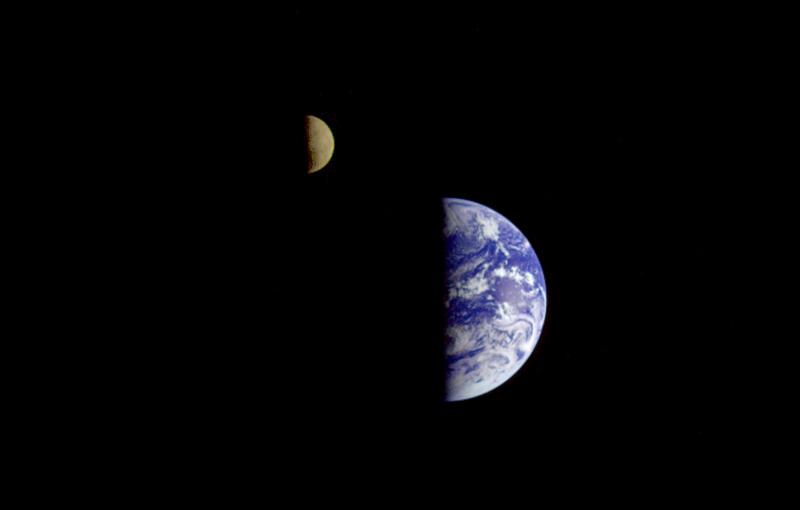
The Earth’s magnetic field protects us every day from the charged particles and radiations coming from sunlight. This shield is produced by geodynamo: rapid movements of huge amounts of liquid […]
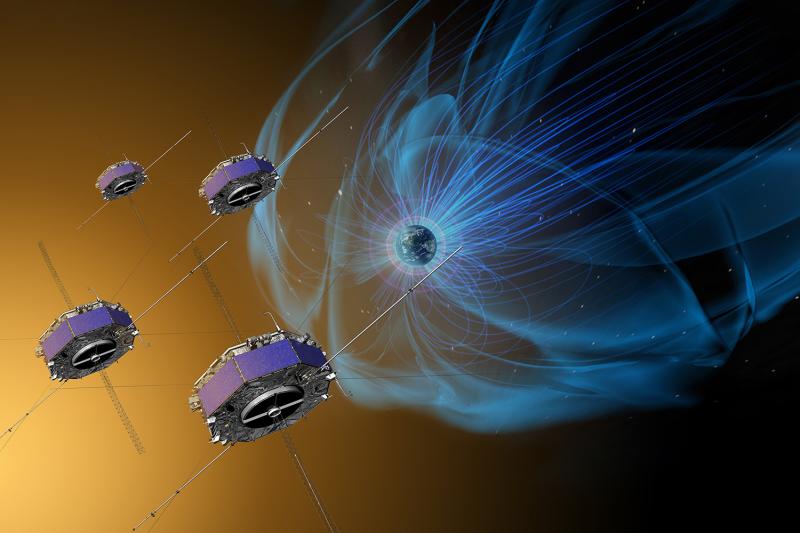
An international team including several IRAP researchers (Paul Sabatier University of Toulouse & CNRS) delivers the first results of the NASA MMS Mission (Magnetospheric Multi Scale) dedicated to the study of […]
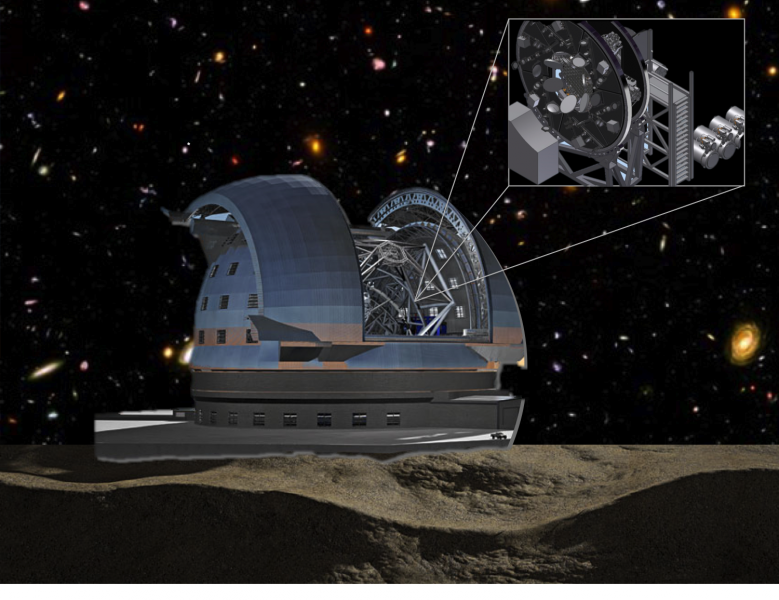
The European Southern Observatory has signed a phase A study contract with the MOSAIC consortium. The multi-object spectrograph will be the workhorse instrument for the E-ELT, being the biggest telescope […]
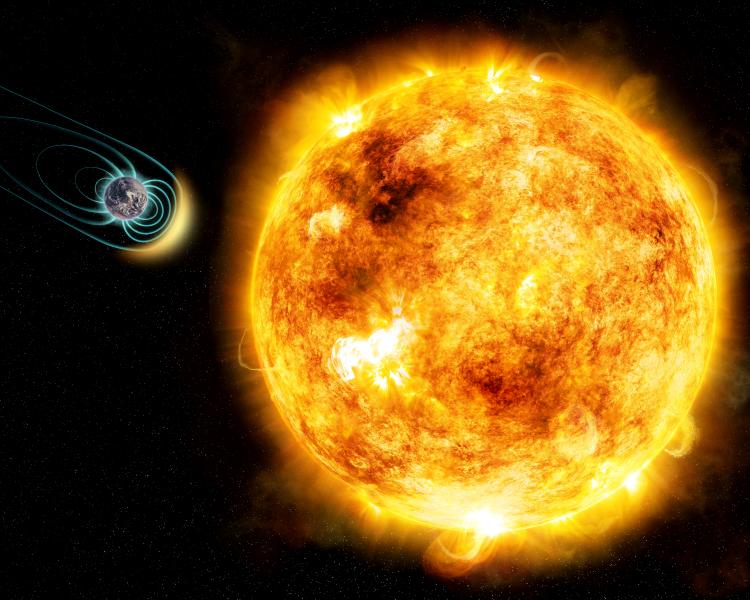
Nearly four billion years ago, life arose on Earth. Life appeared because our planet had a rocky surface, liquid water, and a blanketing atmosphere. But life thrived thanks to another […]
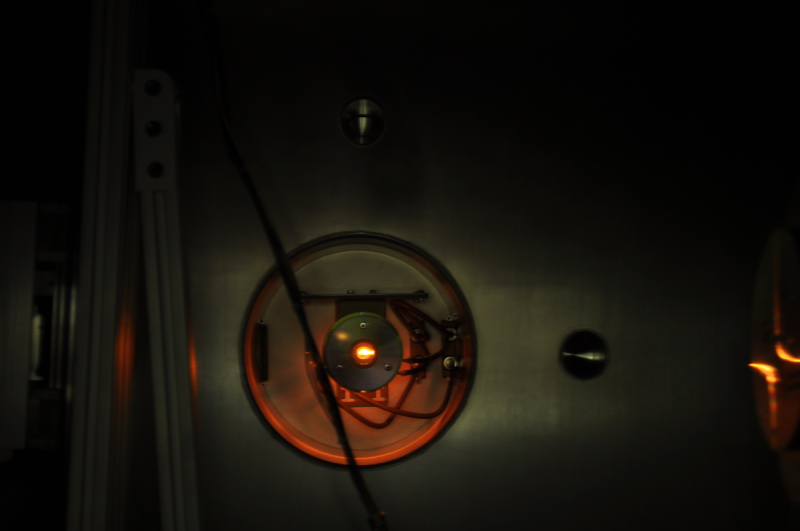
IRAP is developing since 2012 a new way to test and calibrate the plasma instruments conceived within the PEPS group (Planets, Environments and Space Plasmas), CALIPSO (CALibration of Plasma Instruments […]
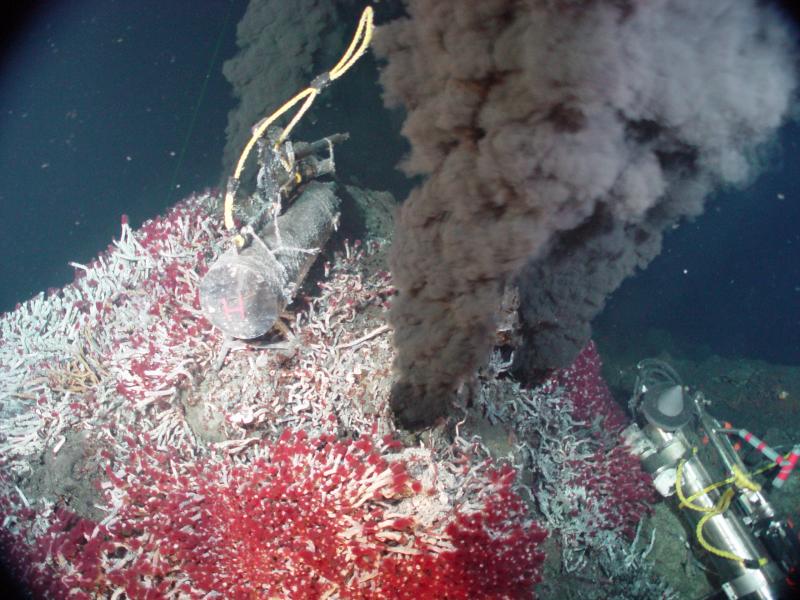
Geologists, chemists and geochemists of the GeoResources laboratory (CNRS, University of Lorraine), of the IRAP (CNRS, University of Toulouse) and of the IGEM (Russian Academy of Sciences) have succeeded in […]